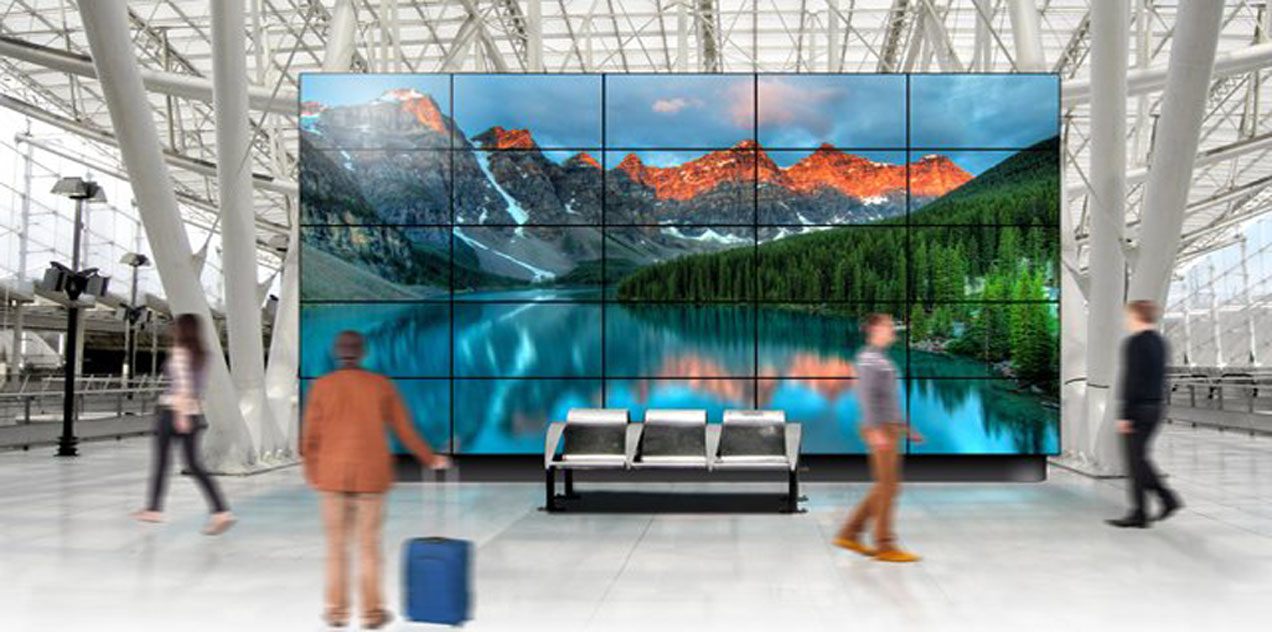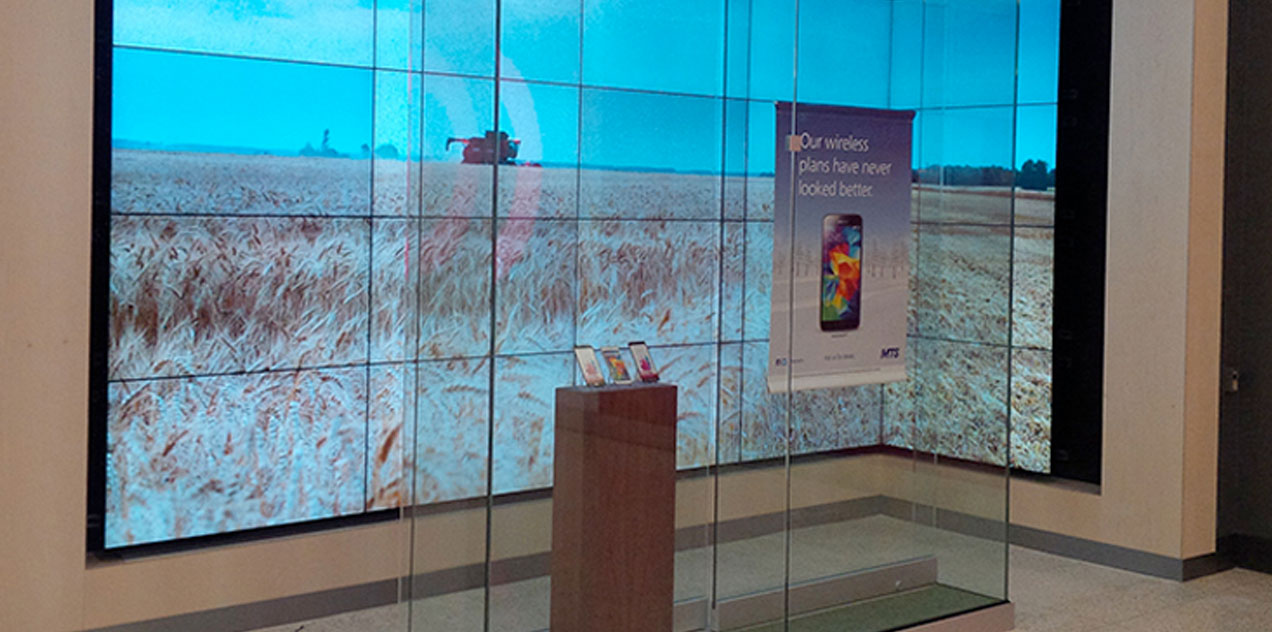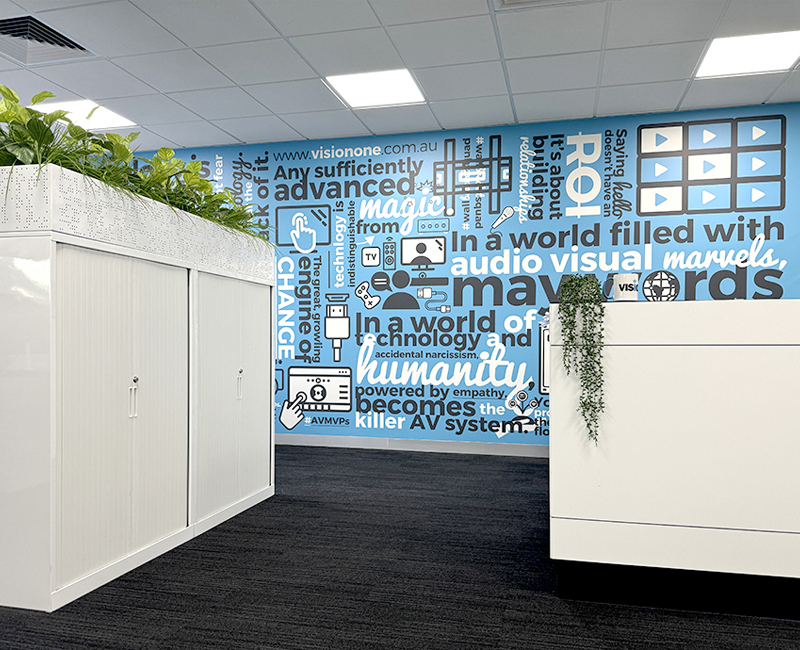Rise of the Network Video Wall
Video walls are becoming increasingly visible in our world. They make big statements, capture attention...
Inside Interactivity
Vision One has been providing excellence in the AV/T (Audio, Visual, Information Technology) industry for...











